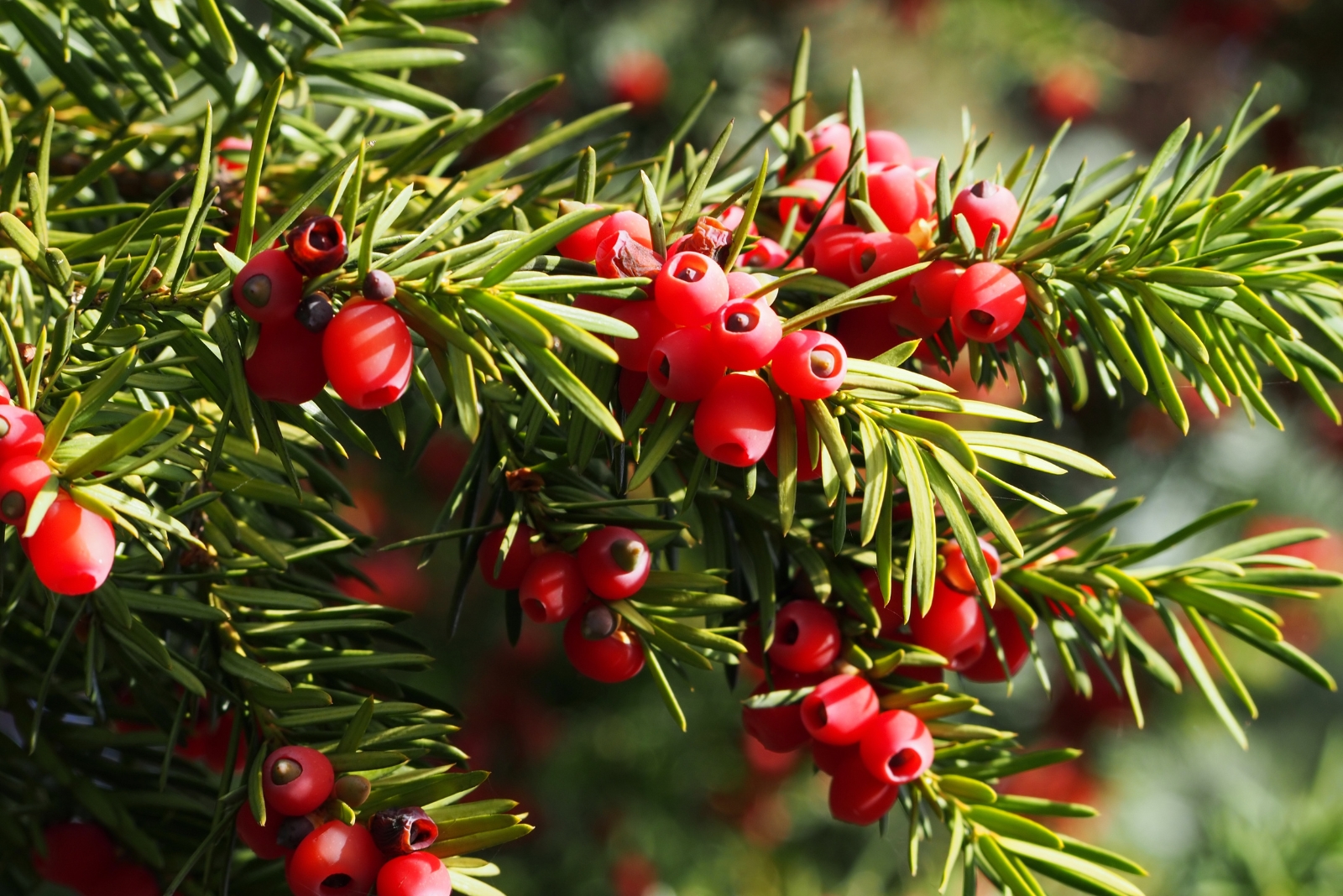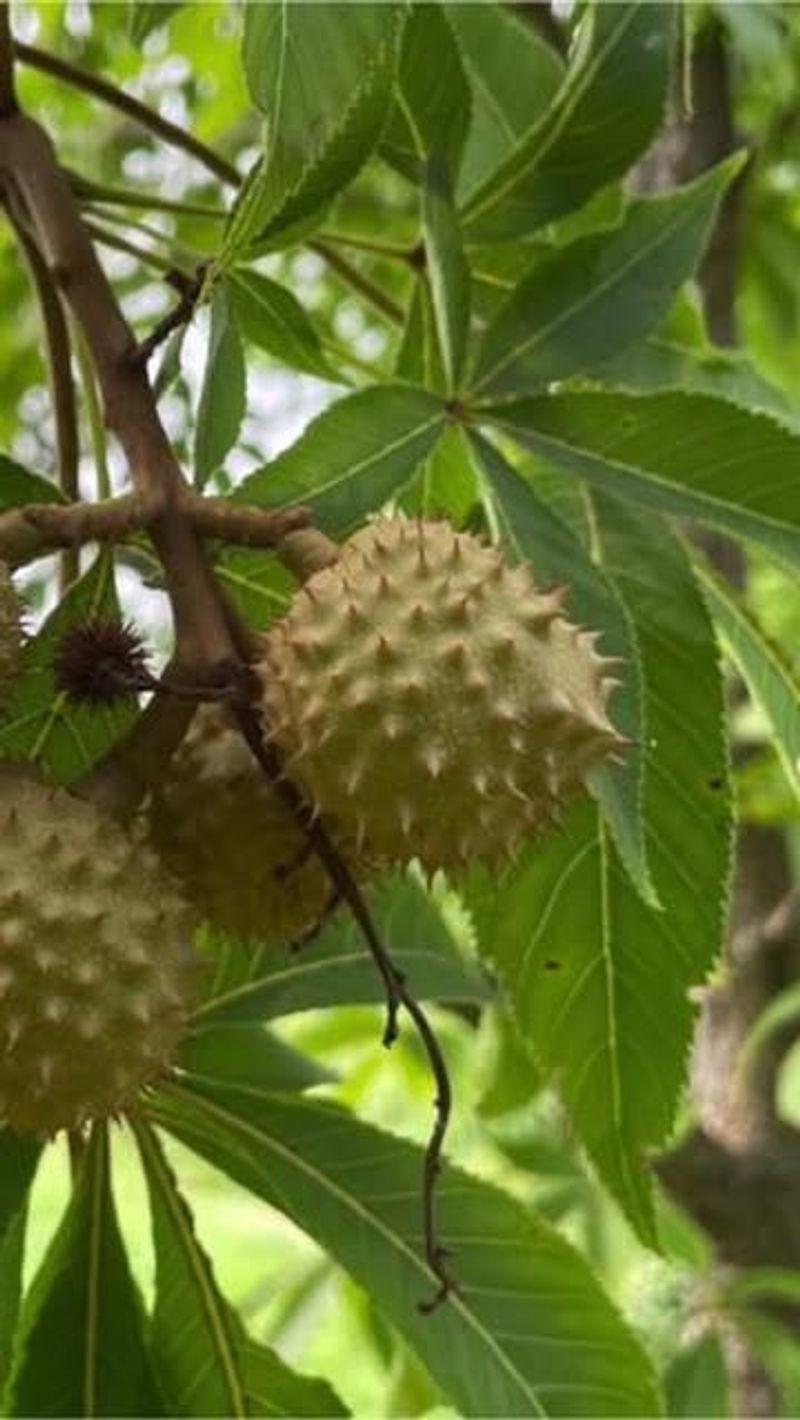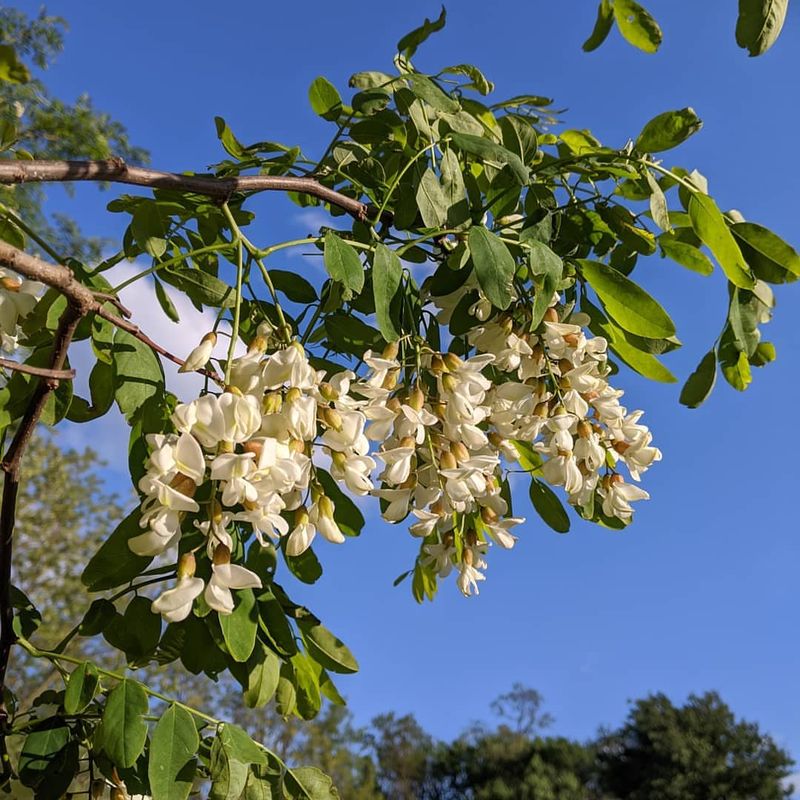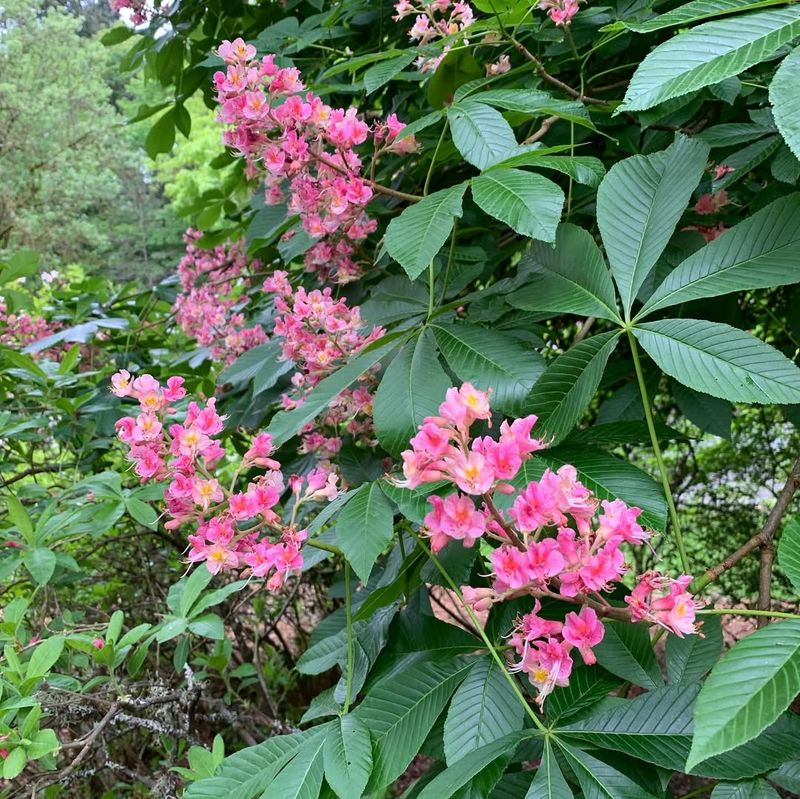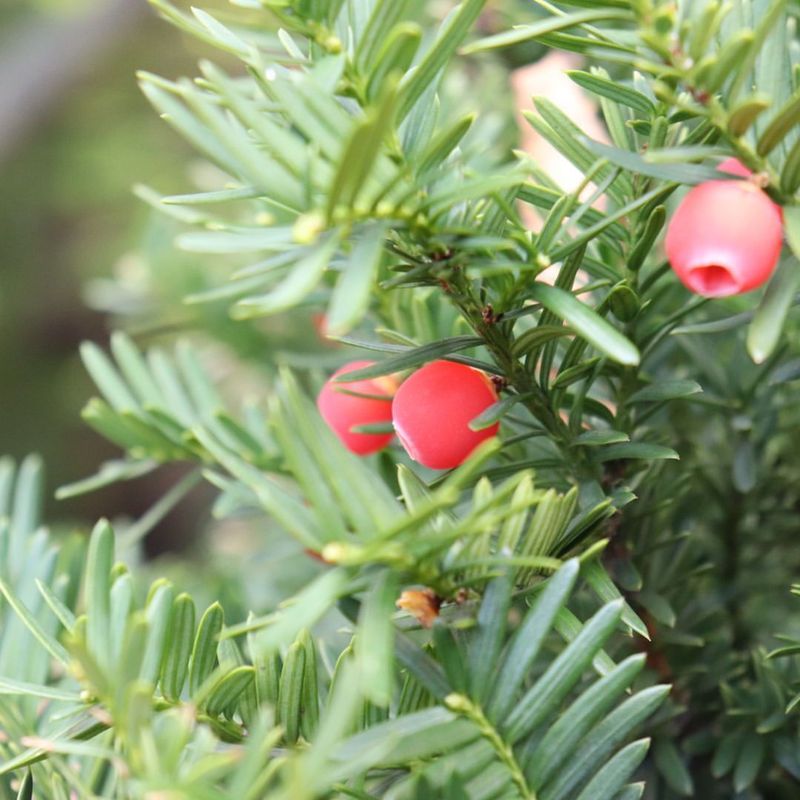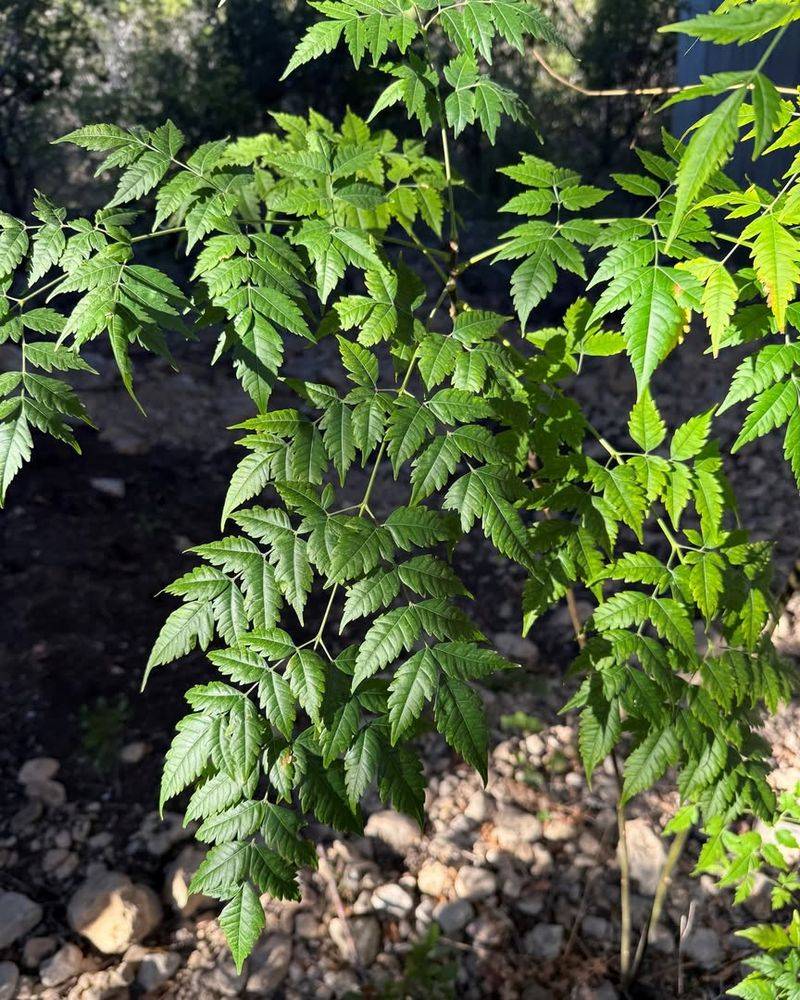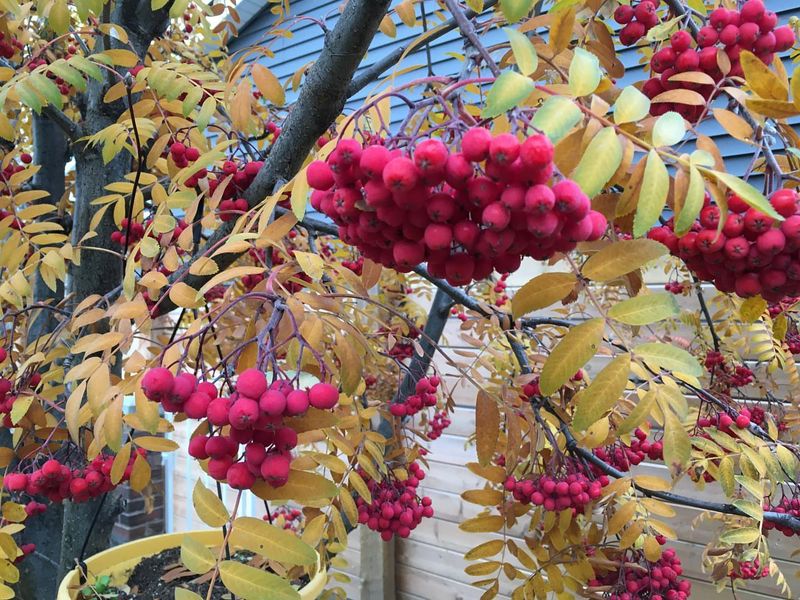Minnesota gardens feel peaceful until a toxic tree sneaks into the mix without you knowing. I brushed against one years ago and understood the warning signs fast.
Some of these varieties pose risks to pets, kids, and other plants. Choosing safer trees makes your outdoor space feel a lot more welcoming.
1. Black Walnut
Black walnut trees might seem like a great addition to your property, but they release a chemical called juglone that poisons nearby plants. Many Minnesota gardeners have watched their tomatoes, peppers, and flowers wither and die because of this hidden danger.
The nuts themselves can also make dogs extremely sick if eaten. Symptoms include vomiting, tremors, and seizures that require immediate veterinary care.
Beyond the toxicity issues, the roots spread aggressively and can damage foundations. Minnesota homeowners often regret planting these troublesome trees near their homes or vegetable gardens.
2. Yew Trees
With their attractive evergreen needles and bright red berries, yew trees look harmless at first glance. Every part except the fleshy red berry coating contains taxine, a deadly poison that affects the heart.
Children in Minnesota might be tempted to taste the pretty berries, not knowing that even a small amount can be fatal. Pets who chew on the branches face the same life-threatening danger.
Symptoms appear quickly and include difficulty breathing, trembling, and collapse. Many landscapers now refuse to plant yews in yards where kids or animals play regularly because the risk is simply too high.
3. Buckeye Trees
Buckeye trees produce shiny brown nuts that look almost like chestnuts, which creates a dangerous confusion for curious children. All parts of these trees contain glycosides that attack the nervous system when ingested.
Minnesota kids playing in the yard might pick up these attractive nuts and put them in their pockets or mouths. Even handling the nuts can cause skin irritation in sensitive individuals.
Livestock and pets face serious risks too, with symptoms ranging from vomiting and diarrhea to muscle weakness and paralysis. Smart Minnesota homeowners choose safer alternatives for their landscaping projects instead.
4. Black Locust
Black locust trees grow quickly and produce beautiful white flowers that smell wonderful in spring. Unfortunately, the bark, leaves, and seeds all contain toxins called robin and robitin that cause serious digestive problems.
Children across Minnesota have gotten sick after chewing on the sweet-tasting inner bark or playing with the seed pods. Horses and other livestock are particularly vulnerable to poisoning from these trees.
The thorns on young branches add another hazard, causing painful puncture wounds that can become infected. Despite their lovely appearance, these trees create more problems than benefits for residential properties.
5. Horse Chestnut
Horse chestnuts produce large, shiny seeds inside spiky green capsules that fascinate kids throughout Minnesota. The seeds contain a poison called aesculin that causes severe nausea, vomiting, and diarrhea when eaten.
Many children collect these attractive nuts for crafts or games without realizing the danger. Even touching the seeds repeatedly can cause skin reactions in some people.
Squirrels seem to eat them without problems, which confuses homeowners about their toxicity to humans and pets. Minnesota poison control centers receive numerous calls each fall about children who have tasted these deceptive seeds.
6. Cherry Trees (Wild)
Wild cherry trees pop up naturally across Minnesota, and their small fruits attract birds and curious children alike. The leaves and seeds contain cyanogenic glycosides that release deadly cyanide when chewed or digested.
Wilted leaves become even more toxic and dangerous to livestock grazing nearby. Pets who nibble on fallen branches can experience rapid breathing, bright red gums, and dilated pupils.
While the flesh of ripe cherries is generally safe, the pits are not. Minnesota veterinarians treat numerous cases of cherry tree poisoning each year, especially after storms when broken branches litter yards.
7. English Yew
English yew varieties are popular ornamental trees in Minnesota because they tolerate shade and look elegant year-round. However, they share the same deadly toxins as other yew species, with taxine compounds present throughout the plant.
Just three ounces of needles can kill an adult horse, and far less can harm a child or pet. The danger increases because the taste is not particularly bitter or unpleasant.
Minnesota landscapers often suggest removing existing English yews when families with young children move into a home. The beautiful appearance simply does not justify the serious risk to loved ones playing in the yard.
8. Chinaberry Tree
Chinaberry trees rarely survive Minnesota winters, but some homeowners try growing them in protected locations or bring them back from southern trips. The small yellow berries contain toxins that cause vomiting, diarrhea, and seizures in both humans and animals.
Birds can eat the berries without harm, which misleads people about their safety for other creatures. Children find the marble-sized fruits perfect for throwing or collecting.
Even six to eight berries can cause serious illness in a small child. Minnesota poison control experts recommend against planting these trees anywhere children might encounter them, regardless of climate challenges.
9. Manchineel (Caution for Travelers)
While manchineel trees do not grow in Minnesota, residents traveling to Florida or the Caribbean need to know about this incredibly dangerous species. Called the most poisonous tree in the world, even standing under one during rain can cause severe skin blisters.
The small apple-like fruits are extremely toxic and can be fatal if eaten. Burning the wood releases toxic smoke that can cause blindness.
Minnesota vacationers should teach children never to touch unfamiliar trees or fruits when traveling. Resorts usually mark these trees with warning signs, but awareness before your trip provides extra protection for your family.
10. Mountain Ash
Mountain ash trees thrive throughout Minnesota, displaying gorgeous clusters of orange-red berries that brighten fall landscapes beautifully. The berries contain parasorbic acid, which causes stomach upset, nausea, and kidney damage when consumed raw in large quantities.
Birds love these berries and eat them safely, but human digestive systems react differently to the compounds. Children sometimes taste the bright fruits out of curiosity during outdoor play.
While not as deadly as some other trees on this list, mountain ash berries can still make kids quite sick. Minnesota parents should teach children to admire these beautiful trees without touching or eating any parts of them.

